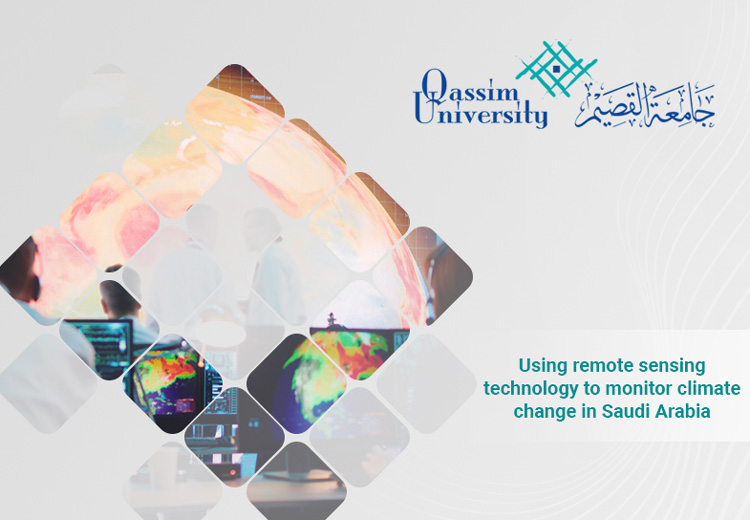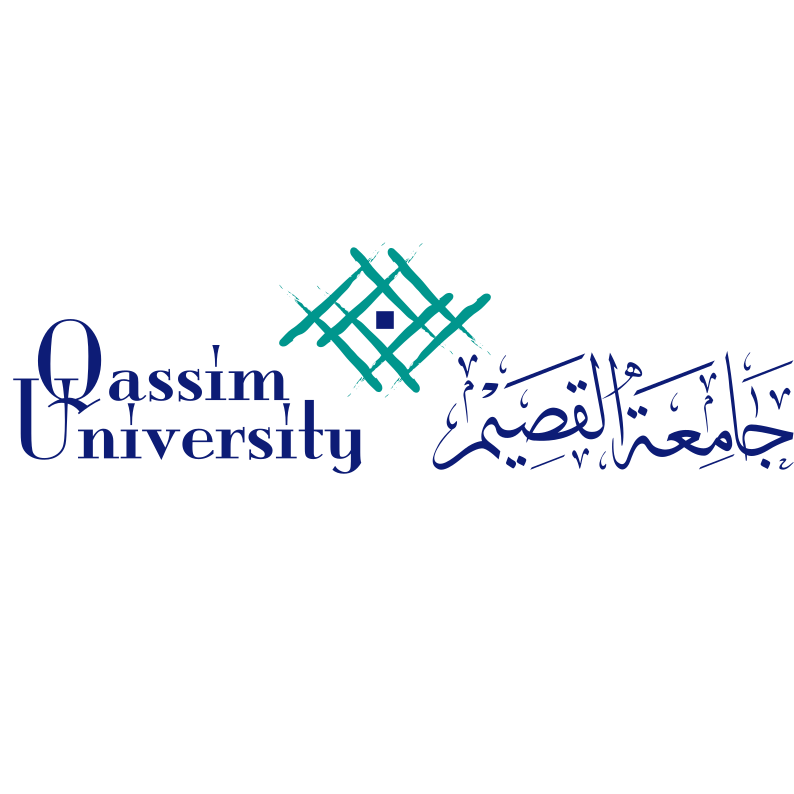Using remote sensing technology to monitor climate change in Saudi Arabia

Sponsored by

Sponsored by

Researchers at Qassim University are working to provide environmental solutions that will also support local economies
Like much of the globe, the Arabian Peninsula has experienced dramatic environmental changes in recent years. Although it is traditionally known as a region used to drought and extreme dry heat, flash flooding and dwindling biodiversity are now becoming very real concerns for conservationists and communities alike.
As part of its Vision 2030 framework, Saudi Arabia has committed to making sustainability central to policy and investment, with the aim of reaching net zero by 2060. To get there, the country will require climate change solutions generated through cutting-edge research.
Researchers at Qassim University’s school of geography are tackling the matter with a number of approaches: from socio-economic planning with local communities to mapping out the changes in the region using state-of-the-art technology.
“Part of the country’s sustainability vision is to avoid future climate problems, but also to raise awareness and engagement among the population,” explains Ahmed Abdullah Aldughairi, head of Qassim University’s geography department.
Qassim University has built research links with Imam Turki bin Abdullah Royal Natural Reserve, a protected area in the north of the country. Managed by the National Center of Wildlife, the reserve is home to wildlife including gazelles, ostriches and migrating birds.
“We have a good relationship with the reserve and undertake different research projects related to its development, ensuring we can maintain a good balance between environment and people,” Aldughairi says.
A lot of the necessary solutions involve outreach. “It is important to involve the local communities who live near, work in and enjoy the natural area – to communicate to them that this is a natural place that we need to protect,” Aldughairi says.
As a result of the university’s work in the reserve, data was collected to create a roadmap for future research activity. Key findings include the need to provide an integrated air quality database to meet higher standards of air quality management. The reserve has also started work on afforestation projects to mitigate rising global temperatures, with the aim of planting 650,000 trees by 2030
A collaborative project with University of Lausanne in Switzerland is enabling Qassim researchers to study social economy in relation to the country’s other reserves, including King Salman bin Abdulaziz Royal Natural Reserve – the largest in Saudi Arabia. Spanning 130,000km, the reserve is known for its geographic diversity and rare ancient monuments dating back to 8,000 BC.
Researchers are working with conservation managers from the King Salman reserve to establish the main focus of research and post PhD students on site for up to three years. “These include sand movement in the area, the disaster taking place in biodiversity of vegetation and flood risk,” Aldughairi says.
In recent years, heavy rains in the eastern Qassim region have caused previously desert areas to become submerged, affecting homes, businesses and wildlife. “We are consulting with the hydrological body to reconstruct the water ravine to avoid the cities and populated areas. This is from our work developing models using GIS [geographic information system mapping] and remote sensing,” says Hussein Ahmad Azab Almohamad, professor of climate at Qassim University.
Remote sensing is the process of measuring radiation to detect and monitor the physical characteristics of an area. Scientists use special cameras and satellite imaging to measure the reflected and emitted radiation levels at a distance.
“We are also using this technology to determine the best places for ecotourism in Saudi Arabia, which will ultimately bring income to the reserve and help us protect the land for future generations,” Almohamad says.
The team have already collaborated with researchers in Bangladesh and India on future flooding solutions. “In these countries they have the expertise but limited funding to do the necessary research. Therefore, we can work together to explore things like city planning and the impact of land cover changes.”
Most recently, the department has expanded its offering with a new diploma course in environment and remote sensing. With it, the university hopes to nurture a new generation of cross-disciplinary climate scientists well versed in local and global needs.
“One of the most important aspects for us going forward in this is that we must work together, not in silos, if we are to overcome climate challenges,” Aldughairi concludes.
Find out more about Qassim University.